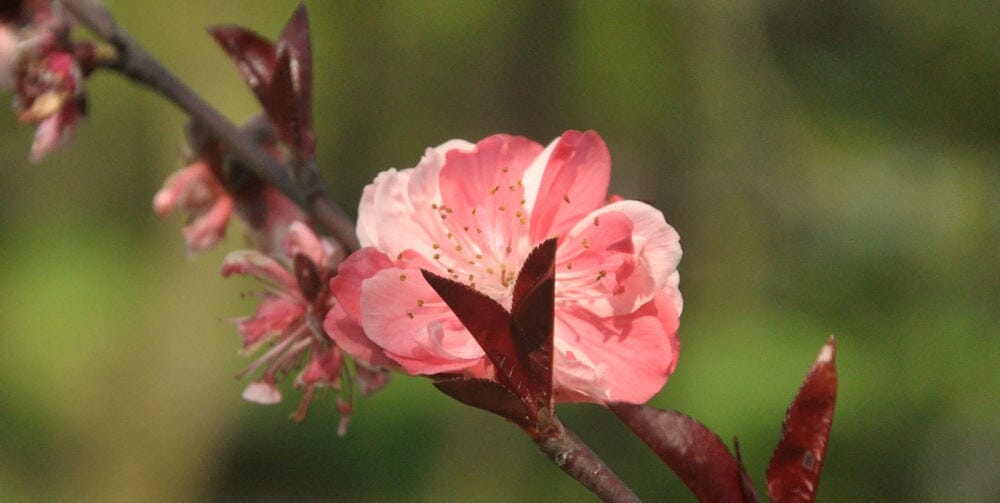Many novice photographers often have a question, 35mm prime lens is worth having? So today we're going to answer that question, and the answer is yes. A 35mm lens can do almost anything a 50mm lens can do, with some added benefits. In this article, I'll tell you why a 35mm prime lens is worth having.
Is a 35mm prime lens worth having?
1. It has a wide aperture
Whether you use a 35mm prime lens on a DSLR or a mirrorless camera, they have a large maximum aperture. Of course, this means something important. For starters, a larger maximum aperture makes it easier to shoot nice, blurry backgrounds for portraits. Since the size of the aperture affects the depth of field, the larger the aperture of the lens, the easier it is for you to get a nice bokeh filled background.

Perhaps more importantly, though, a wide aperture allows you to shoot in challenging lighting conditions without sacrificing as much shutter speed as possible. Turn your 35mm lens on to F /2, F /1.8, or F /1.4 and let it collect the light you need to get amazing low-light portraits like the one above while being able to use a faster shutter speed when holding the camera. With these wide apertures, you also have more leeway in your ISO Settings. Keep the ISO low to avoid digital noise, or if you want to add particles to your photos, increase the ISO and increase the shutter speed further.
2. Optical properties
The 35mm focal length is not wide enough to cause much of a problem, and most decent lenses are designed to correct any common aberrations. Many lenses produced at this focal length are also relatively fast, with most manufacturers producing F /1.4 and F /2.0 options. Most camera bodies have sensors that allow you to get a lot of functionality out of a 35mm lens when shooting and retouching. Their apertures are fast enough to achieve shallow depth of field and adequate performance in low-light environments.
3. Versatility
Just as it is a cousin of the 50mm lens, the 35mm lens is known for having excellent versatility.
Use it on a full-frame camera to get a standard view of the landscape. Pop one on your crop sensor camera to get a longer portrait effective focal length.
You can even use 35mm lenses for street photography, architecture, product photography, and macro photography. Alas, it is also used for weddings, as shown above.
This means that with just one lens, you can handle almost any subject that doesn't require a long focal length.
And, in case you haven't noticed, photography is a very expensive hobby, so being able to do a lot of different things with one lens is a good thing. If you can find quality used 35mm lenses at a good price, all the better.
4. Easy to use
The 35mm lenses on the market may not necessarily be the smallest choice, but they are often very close, although size and weight do increase significantly as you start looking for faster lenses with larger apertures. That being said, these options are usually prime lenses, which are lighter overall than large heavy duty professional zoom lenses.

5. The right focal length
In terms of composition, a 35mm lens is closest to the focal length of the human eye. That's why it's used so often in movies, because it offers the viewer a more realistic vantage point.
In photography, using a fixed 35mm lens requires you to be creative in how you move your body to get the right composition. You can't be lazy, but when you shoot with a 35mm lens, it's more artistic than any other lens I've tried.
6. Best subject and environment
One of the best features of the 35mm lens is that it allows you to capture subjects that are relevant to the environment. It helps you tell a story with video or photos, which is another reason it's so widely used in movies.
7. Amazing bokeh abilities
Bokeh is an out-of-focus background that occurs when shot with a fast lens set to a wide aperture. It's a delightfully dreamy vagueness behind the subject. A 35mm prime lens is perfect for this effect, as the field of view provides you with ample background to display this soft bokeh.


Share:
Top 6 mobile photography tips to bookmark
Top 9 composition tips beginners should not miss